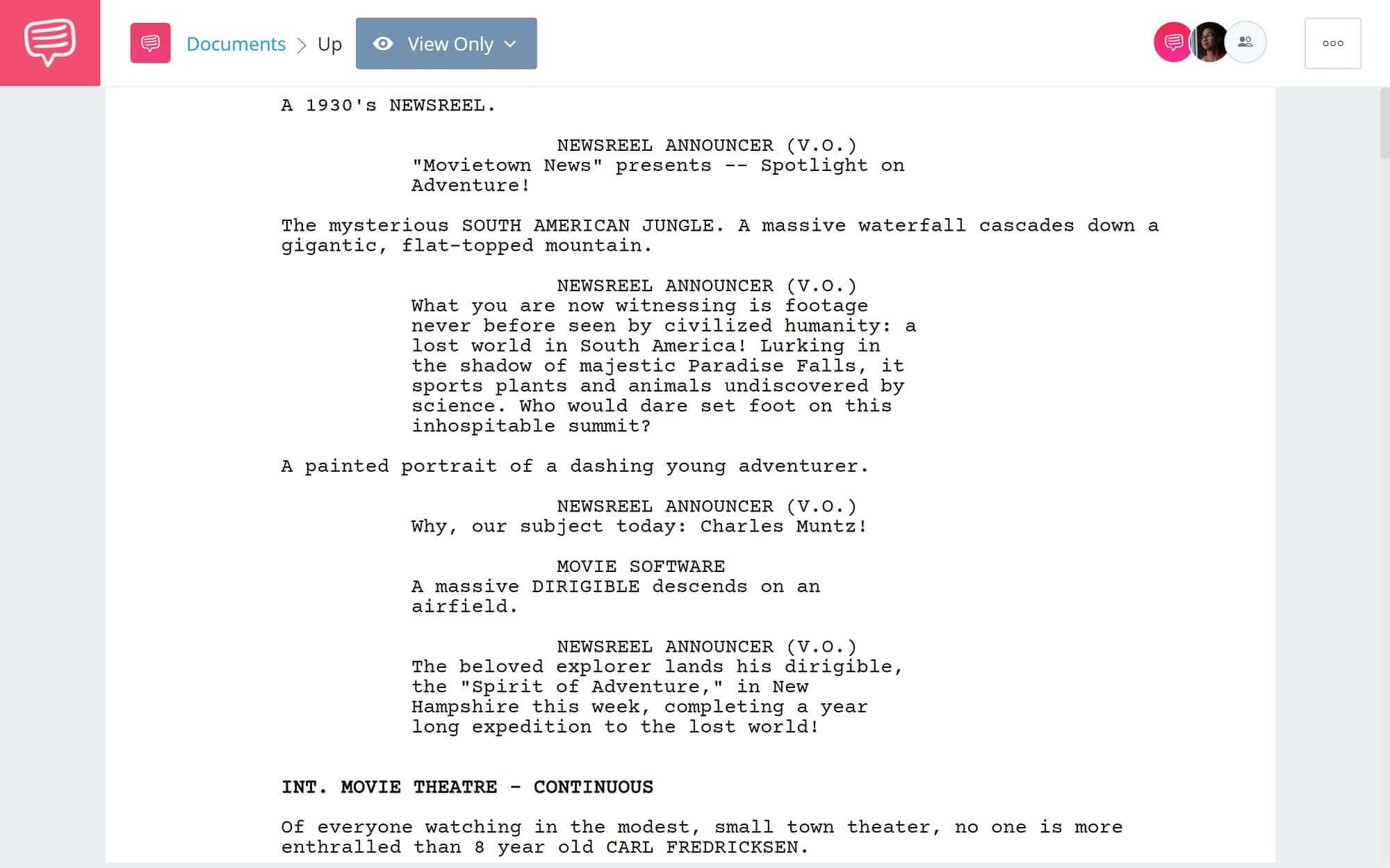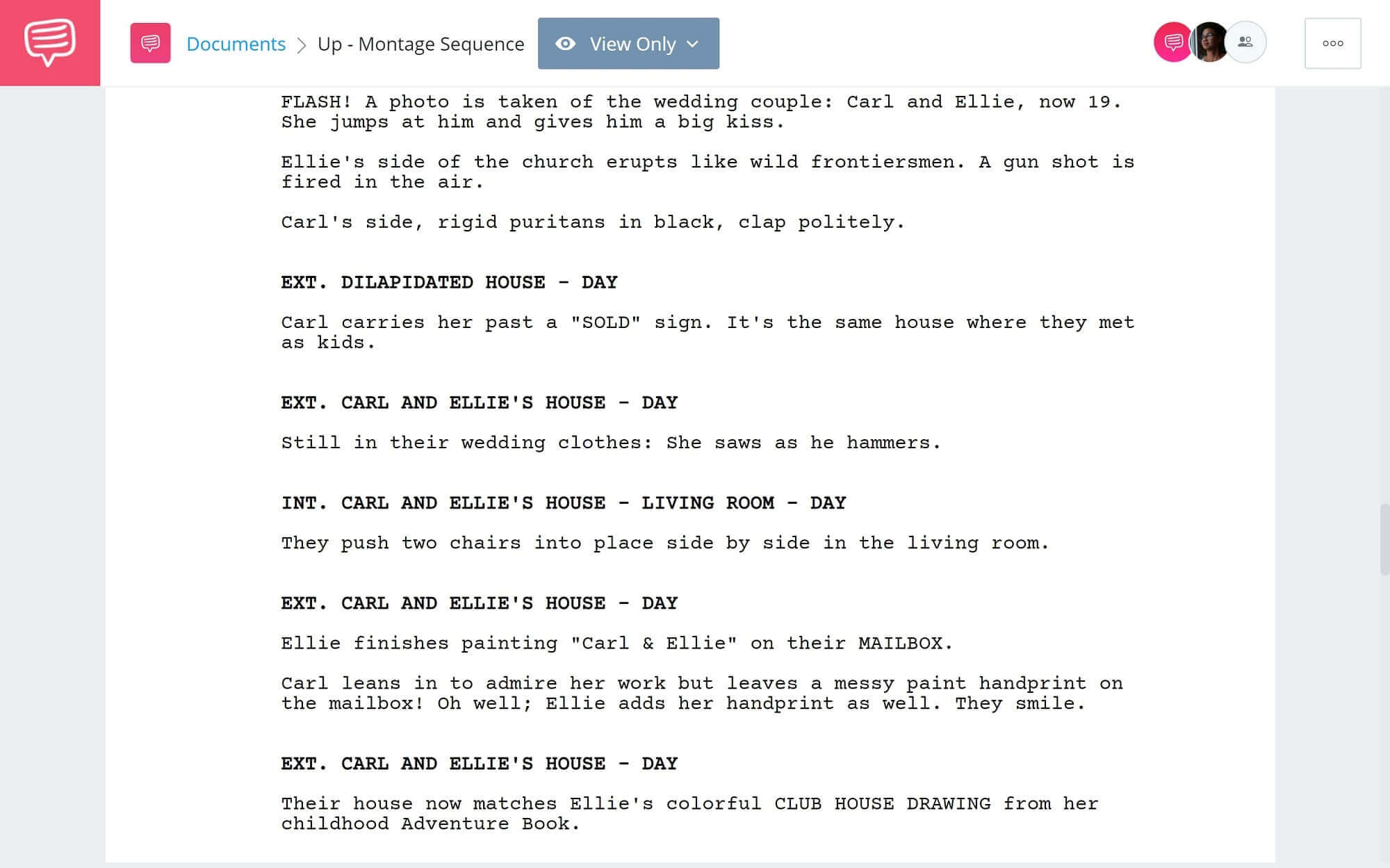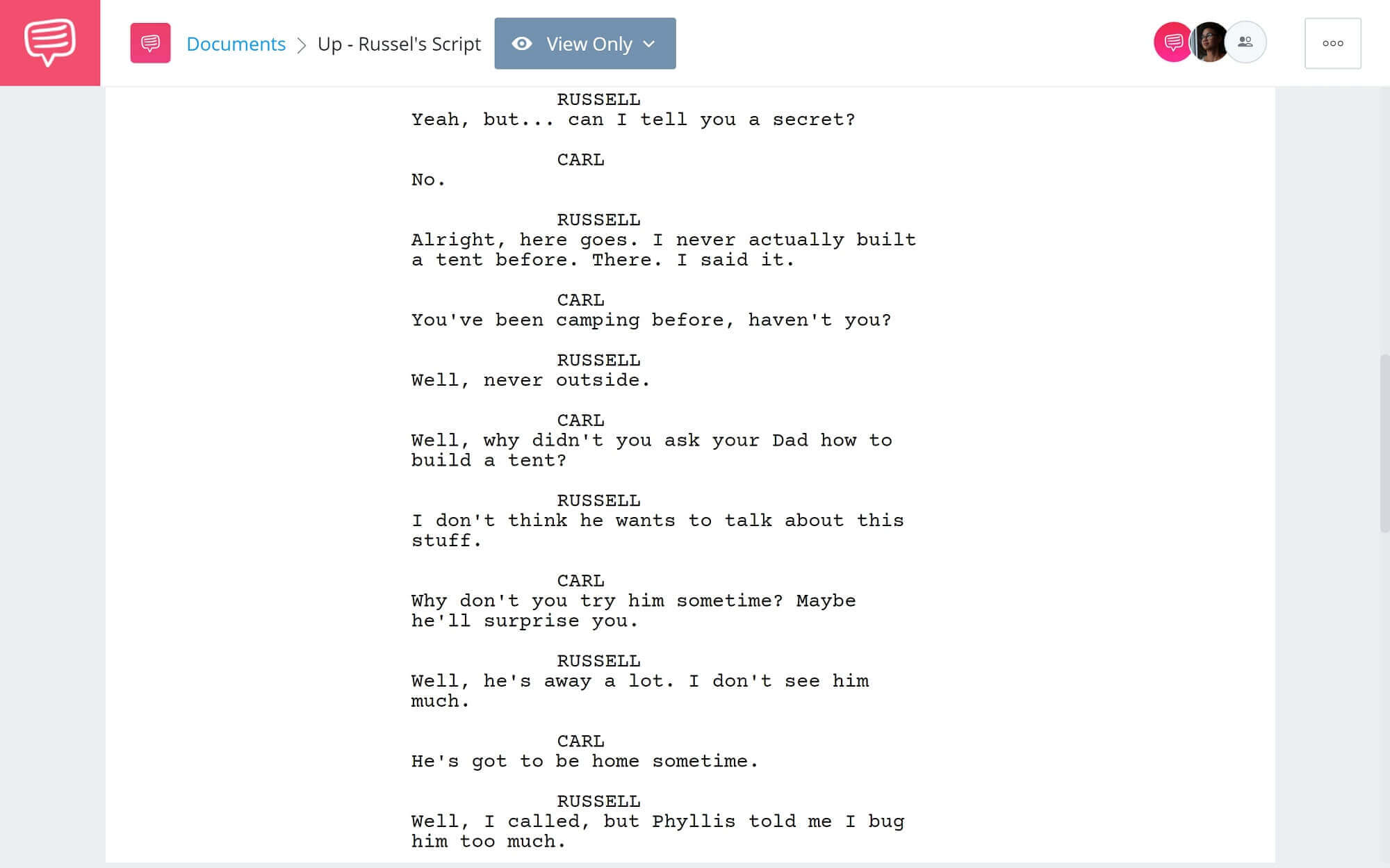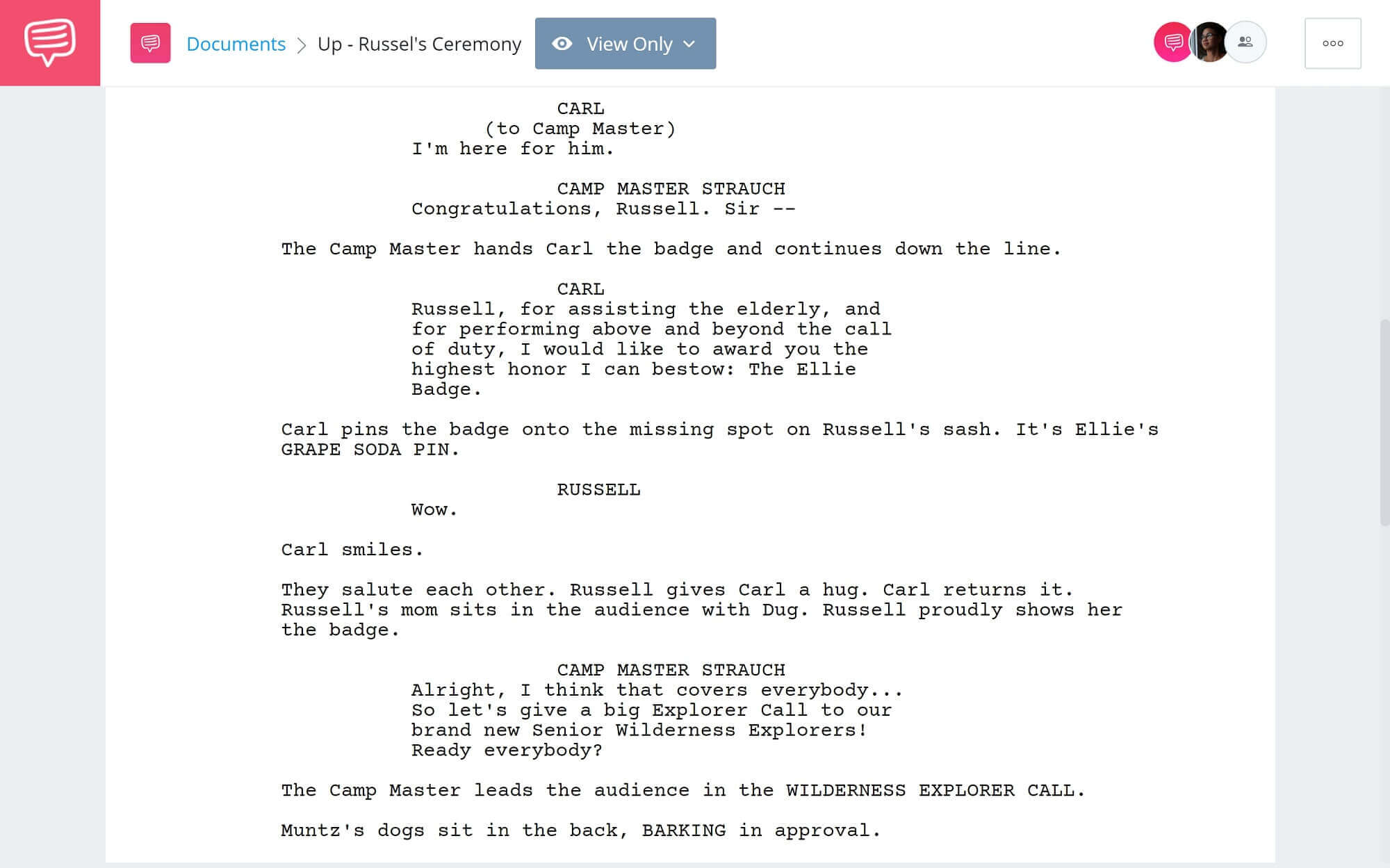Disney Pixar has created some of the greatest cinematic stories of all time. Writer-director and animator Pete Docter is a huge proponent of this legacy. In 2009, Docter and his crew made Up—one of those unique and heartwarming films that the studio is now best known for. Let’s take a look at the story structure from the Up script to understand why it’s so moving.

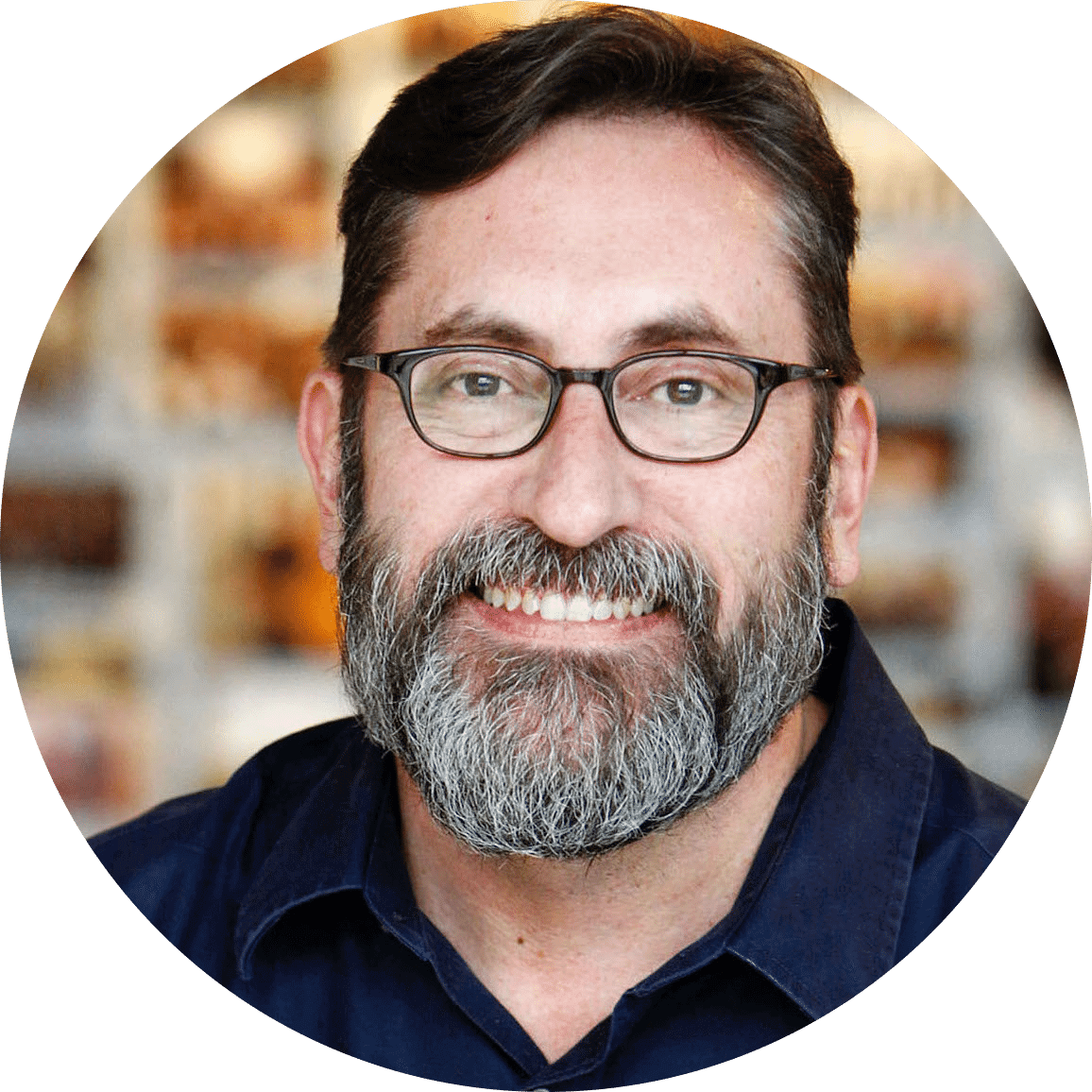
Up Script Writing credits
Who wrote the Up script?
Pete Docter also directed the film and has become a key player at Disney Pixar, now serving as its Chief Creative Officer. Part of what makes his stories so engaging and authentic is that he often digs for them deep within his psyche. In a blog on story development, Docter wrote, “Up started as my desire to escape everybody and get away from the craziness of the world.”
Bob Peterson is an animator who co-wrote and co-directed Up with Docter. Another integral piece of Disney Pixar’s storytelling legacy, he’s worked as a storyboard artist and voice actor on Monsters Inc. and a writer on Finding Nemo. Both Docter and Peterson are voice actors in Up.Up Plot
Story Beats in the Up Script
The Disney Pixar team often sticks to conventional Hollywood narratives, but the high quality of their storytelling lies in their ability to exploit the strengths of those conventions while glossing over clichés. Here is the story structure for the Up screenplay:
UP STORY BREAKDOWN
STRUCTURE OF THE UP SCREENPLAY
Exposition
A shy young boy, Carl Fredricksen, unexpectedly meets a wild young girl named Ellie who shares his love for adventure. They both hope to one day travel to the beautiful Paradise Falls in South America. A now-iconic, tear-jerking montage condenses the peaks and valleys of their life in just a few minutes, ending with Ellie’s death.
Inciting Incident
Due to the nature of the setup, the inciting incident comes later than usual in the Up script (though it’s still in the first act). After meeting Russell—a quirky Boy Scout who will end up driving much of the plot—Carl witnesses a construction worker knocking down the mailbox he and his late wife painted. Carl loses his temper and strikes the worker. Carl is summoned to court, forced to give up his house, and then sent to a retirement home.
Plot Point One
When two retirement home employees come to take him, Carl unleashes hundreds of helium-filled balloons that are attached to his house, lifting it up into the sky. As Carl ascends toward the clouds, we see that Russell is clinging to the porch of the floating house. Russell helps Carl navigate through a rough storm and the two land in South America, not far from Carl’s beloved dream destination, Paradise Falls.
Rising Action
Now on the ground, Carl and Russell begin a three day trek to the falls. A giant, rainbow-colored “snipe” bird stumbles upon Carl and Russell after escaping a pack of ferocious dogs. Carl wants nothing to do with the bird, but Russell embraces it, affectionately naming it Kevin. Russell, Carl, and Kevin continue to Paradise Falls, unaware of the trouble that Kevin will bring.
Midpoint
Carl learns that Russell’s father is absent from his life. Carl, Russell, and Kevin are pursued by the aforementioned dogs, who take them to their master, Charles Muntz. And as fate would have it, Muntz is a famous explorer who was Carl’s childhood hero.
Plot Point Two
Carl learns that Muntz wants to hurt Kevin and realizes that Muntz isn’t the kind of person he once thought he was. He finds the bird on top of his house just outside of Muntz’s house. Carl and Russell manage to escape.
Build Up
One of Muntz’s dogs, Dug, is good-natured, unlike the others in the pack. Dug sets out to find Carl, Russell, and Kevin, but he’s being tracked by Muntz via the GPS on his collar. Muntz and the vicious dogs of the pack find them again and light Carl’s home on fire. Carl runs to save it, leaving an opening for Muntz and the dogs to re-capture the bird. Russell is beside himself that Carl “just let them take Kevin.” Carl finally accepts that he must let go of his old adventure (his house, his wife) and embraces his new adventure with Russell.
Climax
Depressed and disheartened, Carl takes a moment to himself and looks through he and Ellie’s old photo album. Ellie’s voice narrates a note that she wrote in the book saying, “Thanks for the adventure. Now go have a new one.” Carl tears up and realizes he must rejoin Russell and rescue Kevin… but Russell is already on his way to save Kevin himself. Carl follows quickly behind. He saves Russell and Kevin, and Muntz trips on some loose balloon lines attached to Carl’s house, subsequently falling to his death. Carl’s house drifts away from him after losing too many balloons to fly. Carl, Russell, and Kevin fly Muntz’s airship back home.
Finale
Now back in North America, Carl comes to Russell’s scout badge ceremony to present him with the “Ellie Badge.” This symbolizes his new adventure: becoming a father figure to Russell. The last image of the film is Carl and Ellie’s home, with no balloons attached, sitting right where they always wanted it—right at the edge of Paradise Falls.
Up Script Takeaway #1
Up Montage
Many films use montage to depict a sequence of events and build context around those events in a compelling way. But few films other than Up so effectively compress an entire lifetime into five minutes of screen time. Up’s opening montage has the power to give audiences an emotional breakdown before the film’s inciting incident even occurs. Further, the montage achieves this while delivering a universal message: that the loss of a loved one can ignite a person’s greater purpose.
To see how Docter and Peterson translated it from script to screen, watch the script for the Up montage scroll as the sequence plays out:Watch and read the Up montage at once • Up
Notice that the format for the new locations is clear and concise, but that each location flows naturally right into the next. Readers can experience the intended effect of each moment in just a few words.
We've imported the Up screenplay into StudioBinder's screenwriting software so we can take a closer look. Here’s how the full Up montage is scripted — reading the entire montage as written will probably get you just as emotional as watching the scene itself.
Montage Sequence • Read Scene
Learning how to format a montage is crucial if you’re directing your movie, and even more so if you’re handing off your script for someone else to direct it. Clarity, here, is critical: A screenwriter can’t afford to have their intent get lost in translation.
A montage that’s mapped out as well as it is in Up will provide more than just context. In the case of Docter and Peterson’s masterful use of the device, audiences are invited into their protagonist’s world to learn more about them than any dialogue could convey.
UP SCRIPT TAKEAWAY #2
Up Characters
Speaking of Up’s protagonist… who is Carl, anyway? And why are he and Russell such a perfect duo?
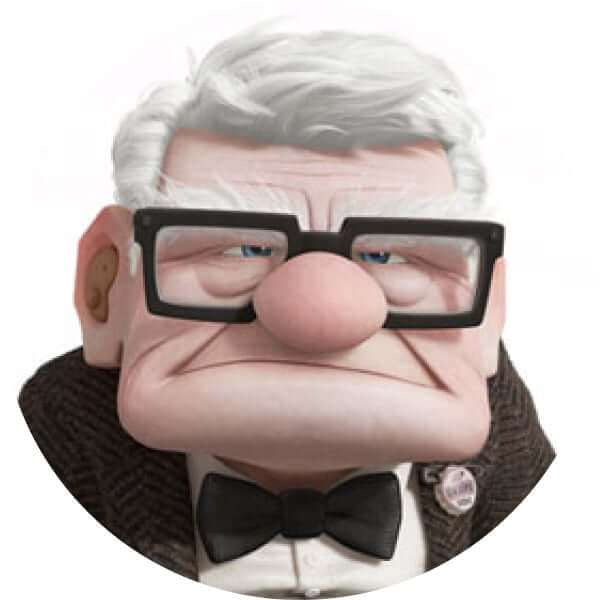
CARL FREDRICKSON
Carl is a grumpy old man whose grumpiness is largely justified, due to the painful loss of Ellie. But he remains obsessed with reaching Paradise Falls, where he and Ellie always wanted to explore together.
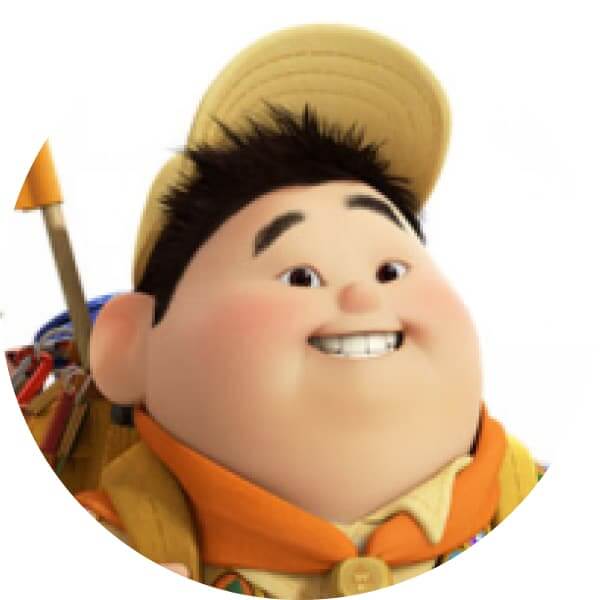
RUSSELL
Russell is a young boy who’s curious about the wilderness and strives to earn scout badges, but has no parent or mentor to guide him.
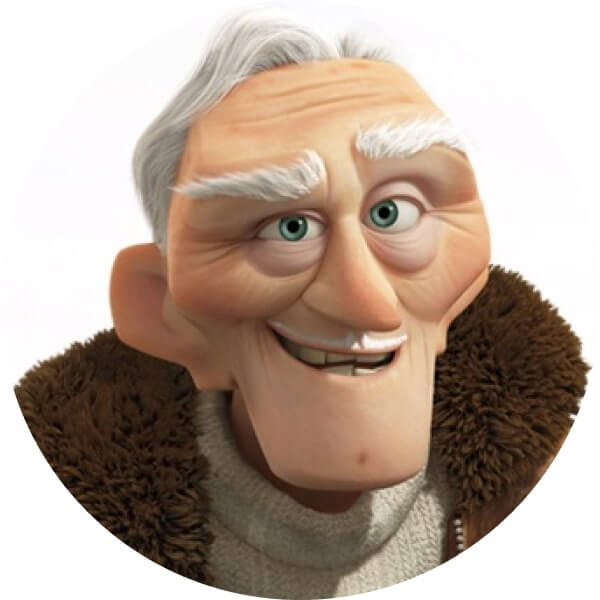
CHARLES MUNTZ
An adventurer and Carl's idol who has been searching for an exotic bird for far too long. His isolation and obsession with his search has left him a tad insane.
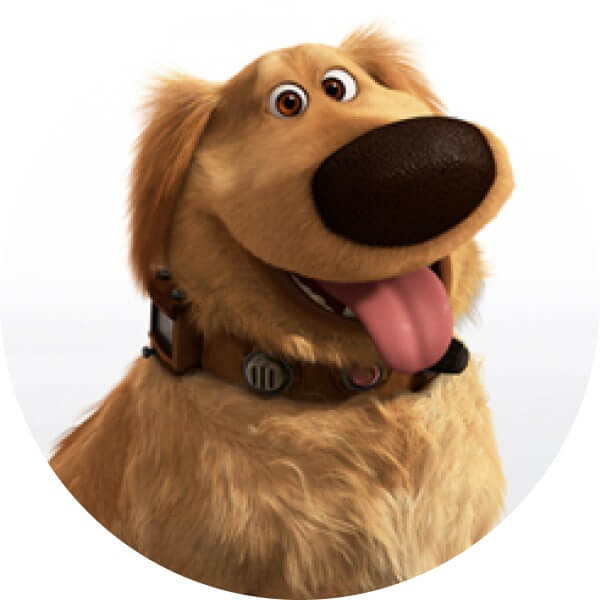
DUG
Dug is a lovable Golden Retriever with a translator box giving him the power to speak. As one of Muntz's pack, Dug befriends Carl and Russell on their journey.
The “young and old” archetype isn’t anything new, but in the Up script, it’s introduced in an inventive way: Russell asks Carl if he can tell him a secret, Carl quickly says, “No,” and Russell tells him his secrets anyway.
Russel's Secret • Read Scene
Carl and Russell’s personalities are polar opposites and yet, in this moment they’re still able to connect with one another:
Russell tells Carl about his dad • Up
The other characters in Up — Kevin and Muntz’s other vicious dogs — all contribute significantly to Carl’s narrative arc. Carl’s illusions of Muntz, for instance, are shattered when he discovers Muntz’s true nature. Other characters create conflict and provide entertainment value, but more importantly, they lead Carl to realize what in his life is worth saving, and when it’s time to let go of things that are no longer healthy to cling to.
Up Script Takeaway #3
Up Ending Scene
The ending of Up is cathartic and meaningful without force-feeding audiences its lessons and themes. Carl moves on to the next chapter in his life, free of grief and filled with renewed purpose as the father figure Russell had been missing.
Russel's Awarding Ceremony • Read Scene
Carl not only shows up for Russell at his badge ceremony, but awards him with the badge Ellie gave him:
Carl presents Russell with the highest honor of all • Up
At 78, Carl’s journey is far from over. Up ends where his new adventure—becoming Russell guardian—begins. He’ll always carry Ellie’s memory with him, but he’ll no longer let the pain of her loss prevent him from living out the rest of his life.
Of course, like all Disney Pixar stories, the “happy ending” convention prevails in Docter and Peterson’s script. But the writers’ clever riff on that convention—having Carl and Ellie’s lost house land at Paradise Falls—turns the final image of the film into a symbol of the two explorers’ enduring love.
Related Posts
Up Next
Read and Download More Scripts
Up is one of those unique and heartwarming films that the Pixar studio is now best known for. If you want to read more great scripts, we have Ratatouille, The Lion King and Frozen in our screenplay database. Great screenwriters read lots of scripts. Get started today!

